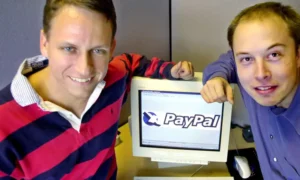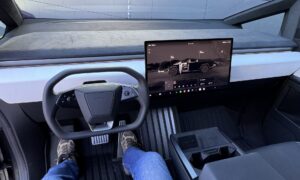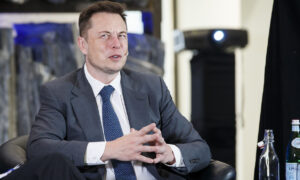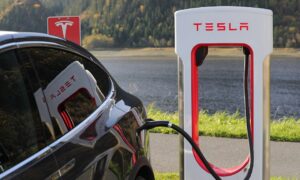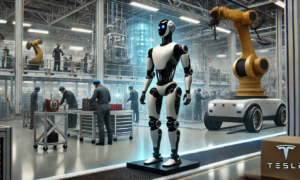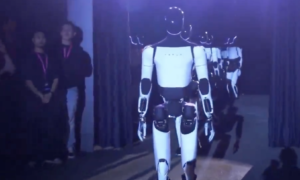Tesla has just shared a fresh update video revealing significant advancements in its humanoid robot, Optimus. The video, posted shortly after the company’s “We, Robot” event, offers a glimpse of Optimus robots not only walking confidently but also interacting with event attendees—a testament to Tesla’s rapidly progressing AI capabilities.
The 90-second clip, posted on Tesla’s official Optimus account, highlights a series of breakthroughs. Notably, Optimus now boasts the ability to autonomously explore unfamiliar spaces, adeptly avoiding obstacles and people using neural networks. These developments mark an important step forward, but the potential future capabilities of the humanoid robot are even more intriguing.
Collaborative Learning and Autonomous Charging
One of the most exciting features presented in the video is Optimus’ capability to build a shared understanding of its environment with other robots. This means that multiple Optimus robots can share data with each other, creating a collective intelligence that can be tapped into for better navigation and decision-making. This ability to pool knowledge could make fleets of Optimus robots much more efficient in dynamic settings like factories, where their understanding of the workspace can evolve rapidly.
Additionally, Tesla unveiled the robot’s autonomous charging system. In the video, Optimus is seen locating its wall-mounted charger, navigating toward it, docking itself for charging, and then undocking autonomously to resume its tasks—all without human intervention. This self-sufficiency will likely be a key feature as Optimus becomes integrated into industrial settings, reducing the need for constant human oversight.
Enhanced Factory Capabilities and Physical Strength
The latest video also highlights Optimus’ increased physical capabilities. The robot can now carry heavier loads and navigate more complex environments, such as climbing stairs, making it even more useful for factory tasks. These physical advancements, combined with its growing AI intelligence, are a clear indication of Tesla’s focus on optimizing the robot for real-world applications.
In a lighter moment toward the end of the video, Optimus is shown serving food and drinks to Tesla team members, showcasing its progress in human-robot interaction—a significant step forward as Tesla aims to make Optimus useful in everyday life.
Tesla’s Vision for the Future of Robotics
Tesla’s Vice President of Engineering for Optimus, Milan Kovac, also weighed in on the robot’s development, acknowledging the significant progress while emphasizing the ongoing nature of the work. In a post on X (formerly Twitter), Kovac explained, “Optimus started learning to interact with humans. We trained its neural net to hand over snacks & drinks upon gestures / voice requests. All neural nets currently used by Optimus (manipulation tasks, visual obstacles detection, localization/navigation) run on its embedded computer directly, leveraging our AI accelerators. Still a lot of work ahead, but exciting times!”
Tesla’s video underscores that while there is still a long way to go, the Optimus project is making impressive strides. With its current ability to perform autonomous tasks, navigate its environment, and even engage in simple human interactions, Tesla’s humanoid robot may soon become an invaluable asset in industries ranging from manufacturing to logistics.
As Optimus continues to evolve, its integration into factory workflows and potentially even home environments could revolutionize the way humans interact with robots—yet another testament to Tesla’s innovative spirit and forward-thinking vision for the future of robotics.


